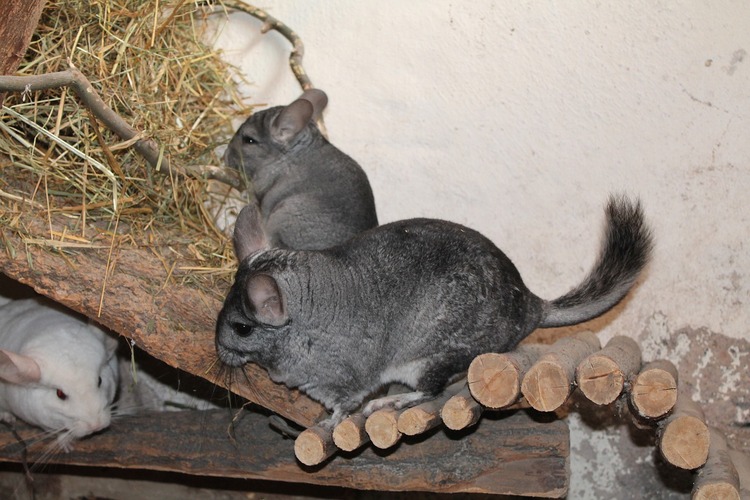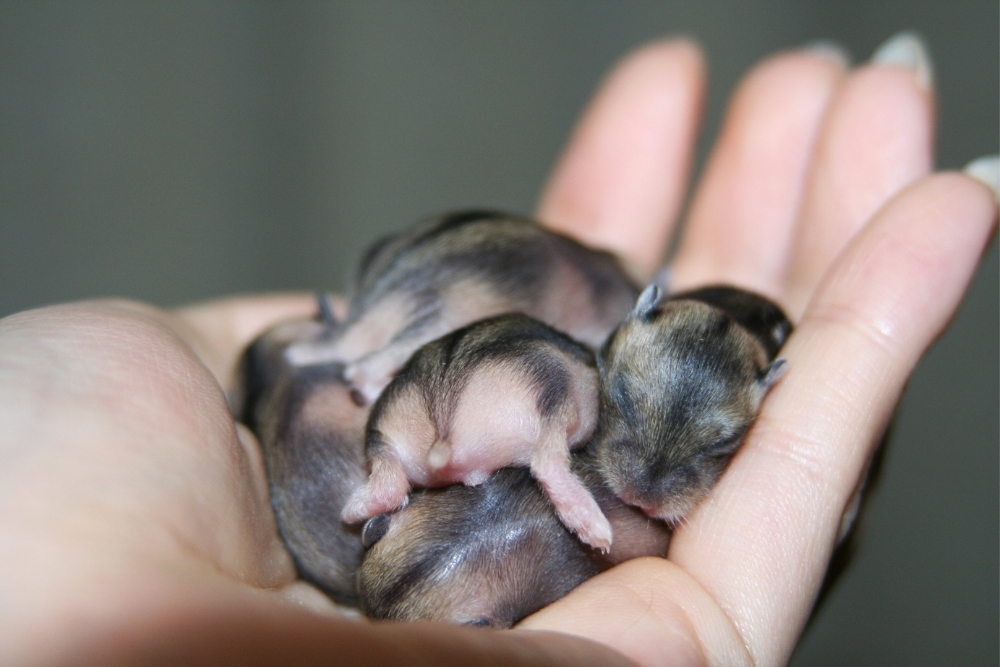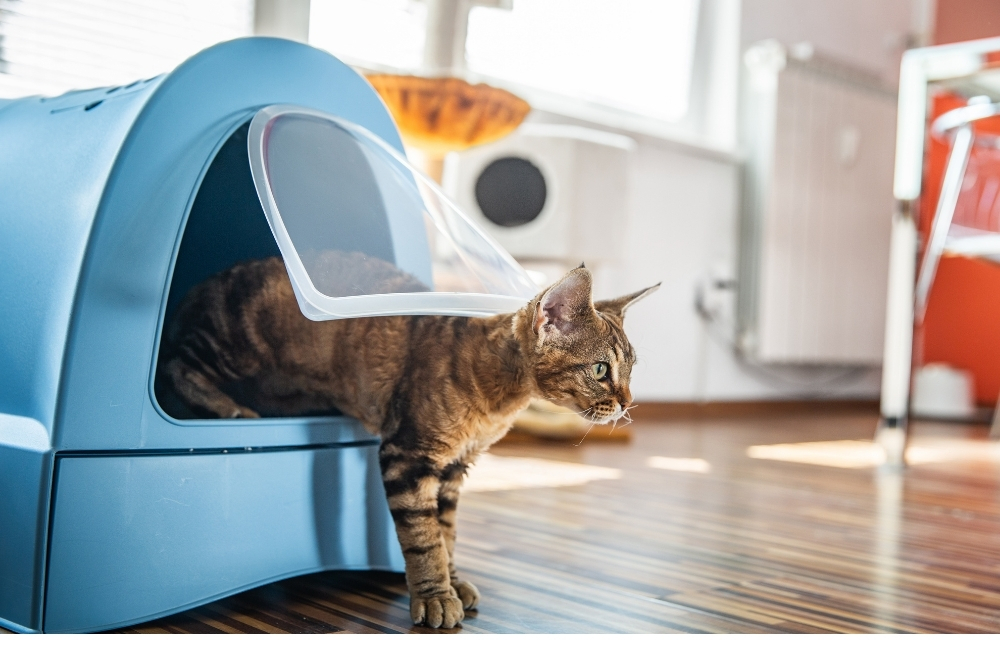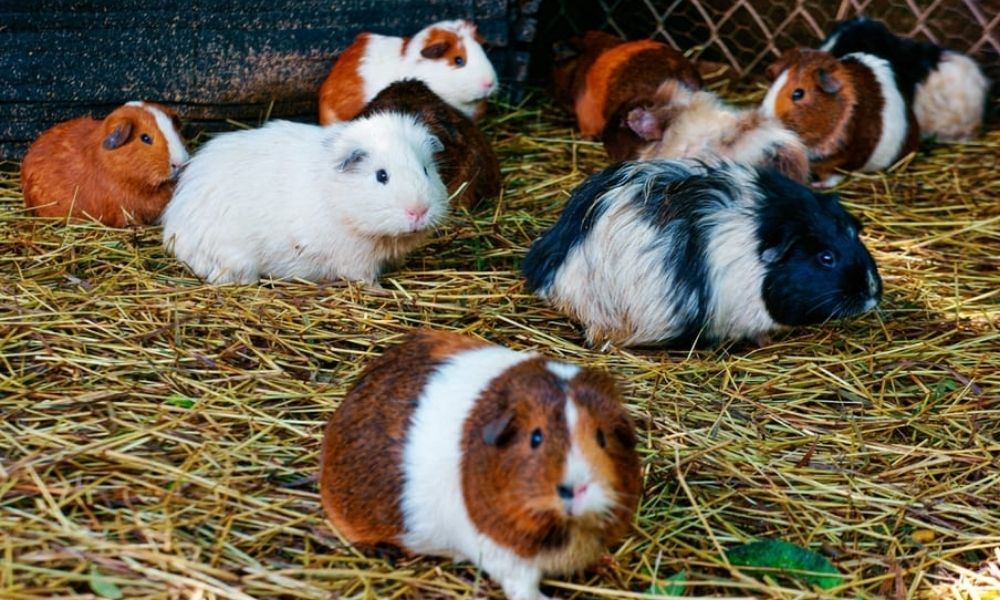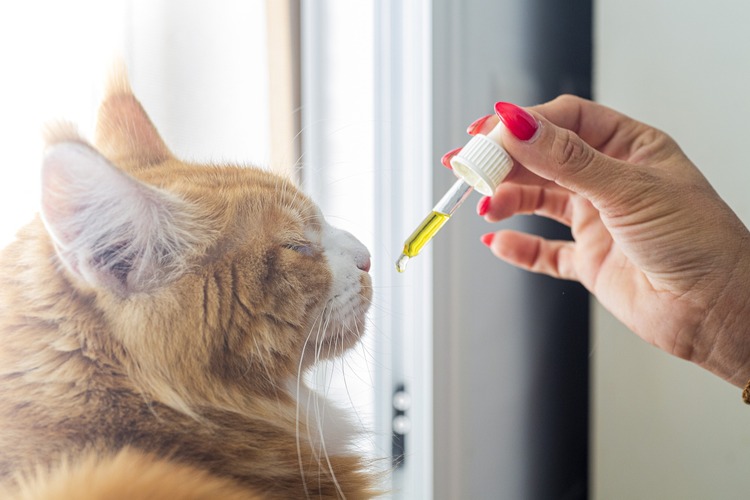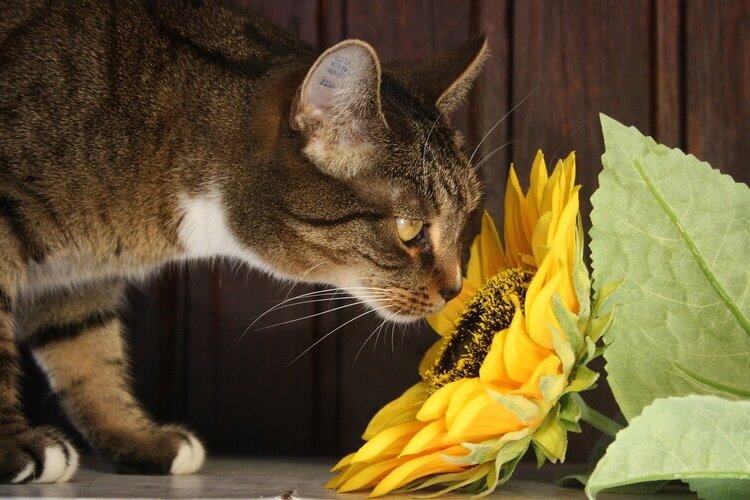Have you been asking yourself whether a pet chinchilla is a good idea? The answer is yes. Unless you are squeamish, of course. This exotic endangered species is native to South America but is now almost extinct.
However, before you get a chinchilla there are a few things you should know.
1. Where to buy
Chinchillas are endangered species and are illegal to hunt or catch. It is, therefore, advisable to do your research and get one from a reputable chinchilla breeder. When buying from a pet store, ensure you examine the chinchilla for missing fur patches and the eyes are free of drainage or redness as this is an indication of lowered immunity.
The cage should also be free of diarrhea. Reputable breeders offer quality care for the chinchilla and are knowledgeable on their temperaments and energy levels.
2. Get a bigger cage
Since chinchillas are packed with energy, they require bigger cages than your average rodent at an estimated 4 feet by 4 feet by 3 feet. Ensure that the enclosure is multilevel and has platforms and ramps with an added PVC pipe section for refuge whenever they feel threatened.
When building the cage, ensure the bottom is made of plastic and not wire. Wire bottoms tend to hurt the chinchilla’s feet. You should also ensure the bedding is made of paper-based products and keep away from zinc bars as these can be toxic to the chinchilla.
3. Grooming is paramount
You should always ensure that you provide a dust bath to your chinchilla at least once a day or at least three times a week. It would help if you never bathed the chinchilla with water. Ensure you change the pet dust at least once every two weeks. The soft, dense fur on the chinchilla helps them maintain their body temperature.
Chinchillas also require constant grooming and should be kept in the warm parts of the house. They release their fur when they feel threatened, and they should be handled with care. Holding a chinchilla in a towel makes it safe and prevents the release.
4. Chinchillas are night animals
Chinchillas are active at night and are more active at dawn and dusk. During the day, they should be kept in a quiet place and provided with a wheel or a toy so that they can exercise at night. Do not change the feeding and handling routines as these can be a source of stress for the chinchilla.
QUESTION: Is Adopting a Pet Monkey a Good Idea?
5. Taming chinchillas take a while
It is preferable to handle chinchillas form a young age. The older the chinchilla gets, the harder it is to tame them.
6. Chinchillas are picky eaters
Being primarily herbivores, chinchillas need food in their digestive systems constantly. The feeding costs for a chinchilla get costly as they tend to be picky eaters. They require hay and pellets in their diet. The recommendation is timothy hay to the non-breeding adults and alfalfa for the young chinchillas for up to 9 months.
When feeding them, ensure that you avoid dried fruits, nuts, or loose seeds. Pellets are more advisable, while sugary treats should be avoided.
7. Chinchillas come at a cost
Whenever you adopt a pet, one should always consider the veterinary costs that come with it. Since chinchilla’s teeth grow constantly, they may not align properly and may wear down. If this happens, the chin may develop malocclusion where the teeth grow out of their mouth. When this happens, veterinary care to trim them is necessary.
Provide the chinchilla block or pumice block to help trim down the teeth when they chew on them. Young chinchillas should visit the vet at least once a year. As they age, however, this visit should be more frequent. Chinchillas mask their sickness, and you must familiarize yourself with common symptoms such as lethargy, decreased appetite, nasal discharge, and sneezing.
8. They require years of care
While in captivity, chinchillas can live for up to 20 years. The commitment is paid in full by the moments of utter bliss the pet owner will experience whenever they watch the chinchilla bath or play.
The downside to owning a chinchilla
Although it can be gratifying to have a pet chinchilla, the following are some of the downsides you need to be aware of.
1. They are not ideal for people with allergies: Their dust baths, hairs, and hay can become quite problematic.
2. You should always have air conditioning: Chinchilla’s should always be kept at temperatures below 70 degrees.
3. No cuddles, please: Chinchillas do not like being handled and even though they are made incredibly cute and cuddly, they do not want to be cuddled.
4. Embarrassing habits: Female chinchillas spray when intimidated while male chinchillas require a ring to prevent hair from wrapping around their penis. This means that frequent ring checks should always be conducted.
Read Also: Pet Parrots – Types and Tips to Keep Them Healthy
Having said all that, I bet you now have a wider picture of the full package you get when you keep a pet chinchilla. If you choose to keep one, please ensure you follow the legal protocols to avoid getting yourself in trouble.

